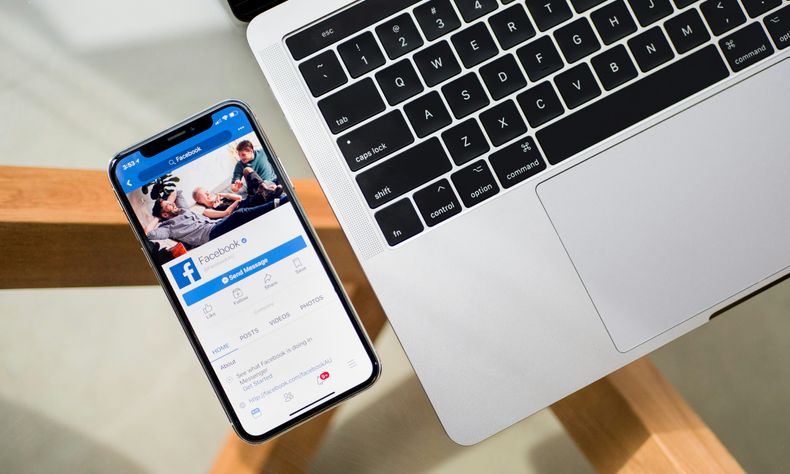Published: Invalid date
Author: focusgov

In our digitally-driven world, social media has become an essential part of daily life. It’s a platform for communication, entertainment, education, and commerce. However, the true power of social media can only be realised when it is accessible to everyone, including individuals with disabilities. Ensuring social media accessibility is not just a matter of inclusivity; it’s a fundamental aspect of creating a fair and equitable digital space. As we come to the end of our blog mini-series on this topic, here's a bit of a conclusion as to why accessible social media is so important and the benefits it brings to individuals and society as a whole.
Inclusivity and Equality
Accessible social media ensures that everyone, regardless of their abilities, can participate in the digital conversation. This inclusivity is a step towards equality, providing equal opportunities for engagement, self-expression, and connection. By making social media accessible, we break down barriers that exclude people with disabilities from fully participating in online communities.
Enhanced User Experience
Accessibility features such as alt text for images, captions for videos, and keyboard navigation improve the overall user experience. These features are not only beneficial for individuals with disabilities but also enhances usability for all users. For instance, captions are useful in noisy environments, and alt text can aid in understanding content when images fail to load.
Wider Reach and Engagement
Brands and organisations that prioritise accessibility can reach a broader audience. People with disabilities represent a significant portion of the population, and by excluding them, brands miss out on potential customers and advocates. Accessible social media content can lead to higher engagement rates, as more people can interact with and share the content.
Legal Compliance
There are legal requirements and standards mandating digital accessibility. By ensuring social media content is accessible, organisations comply with laws such as the Equality Act and the Web Content Accessibility Guidelines (WCAG). Non-compliance can result in legal repercussions and damage to reputation.
Social Responsibility
Creating accessible social media is part of a broader commitment to social responsibility. It demonstrates dedication to diversity, equity, and inclusion. This commitment can build trust and loyalty among those who value and support organisations that prioritise ethical practices and social good.
Innovation and Leadership
Prioritising accessibility can drive innovation. The process of making social media accessible often leads to the development of new tools and technologies that benefit everyone. Organisations that lead in accessibility are often seen as pioneers in their industry, setting standards and inspiring others to follow suit.
Empowerment and Independence
For individuals with disabilities, accessible social media is empowering. It provides a platform for self-expression, advocacy, and connection. Accessible social media tools and features enable greater independence, allowing individuals to navigate the digital world more effectively and confidently.
Accessible social media is not just a technical requirement but a moral imperative. It reflects our collective commitment to creating an inclusive digital landscape where everyone has the opportunity to participate and thrive. As we move forward, it is crucial for developers, designers, content creators, and organisations to prioritise accessibility in their digital strategies. By doing so, we pave the way for a more inclusive and engaging online world.
The importance of accessible social media cannot be overstated. Let us all strive to make social media a space where everyone can connect, share, and grow, regardless of their abilities.

